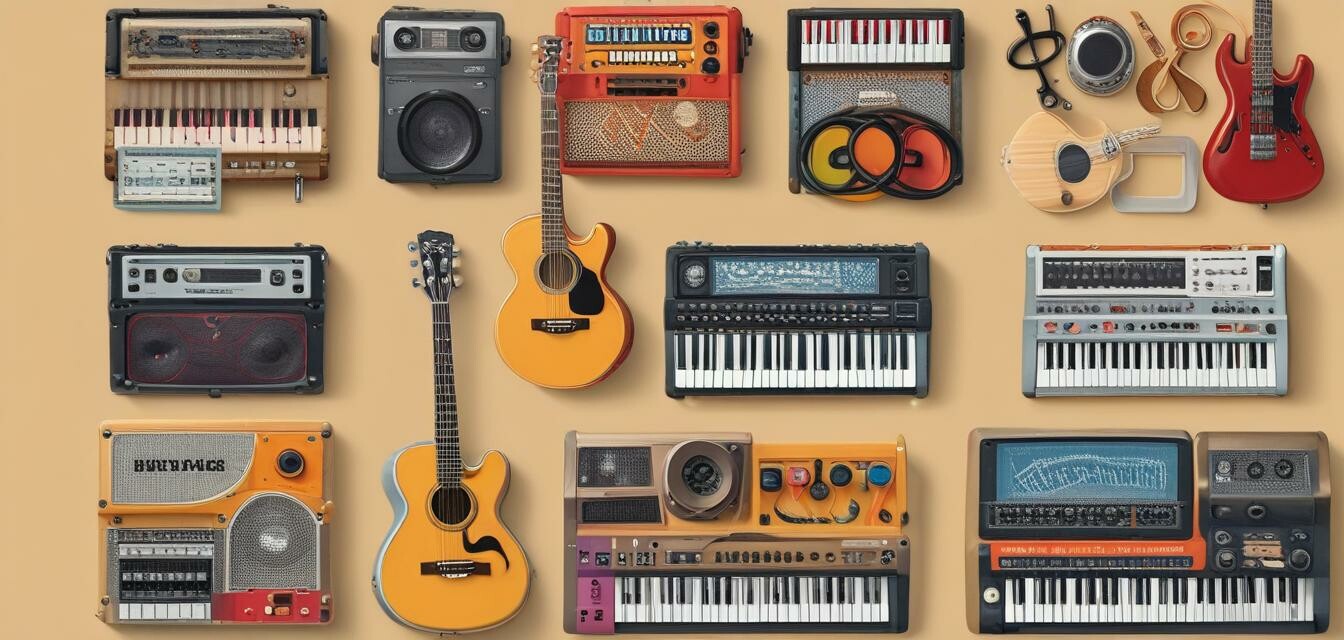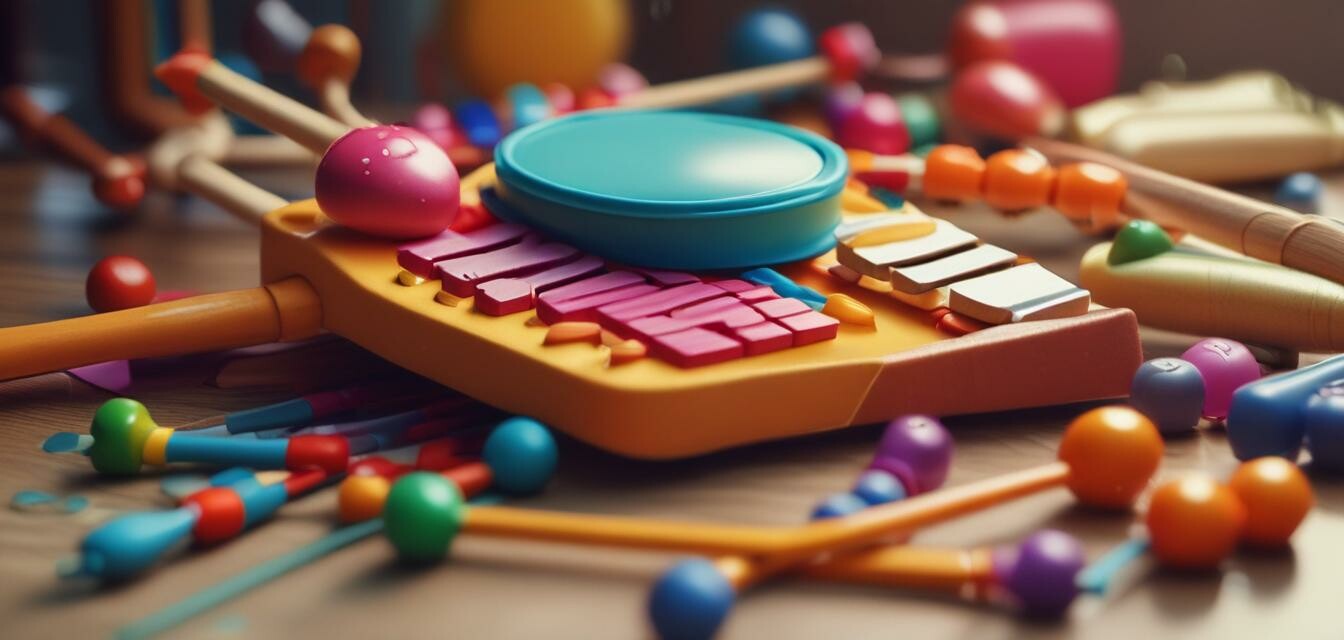
Music education resources
Key takeaways
- Music education is essential for developing creativity in children.
- Various resources are available to help kids learn music theory effectively.
- Interactive tools can make learning fun and engaging.
- Different types of musical instruments play unique roles in music education.
Music education is a wonderful way to introduce children to the world of sound, creativity, and expression. Understanding music theory and different musical instruments can foster a lifelong love of music. In this article, we will explore various resources and tools available for teaching kids music theory and helping them understand different musical instruments.
Why music education matters
Music education provides children with numerous benefits, including:
- Enhancing cognitive development
- Improving social skills through group activities
- Building self-esteem and confidence
- Encouraging emotional expression and creativity

Types of musical instruments
It's essential to expose children to various types of musical instruments. Below, we break down the key categories:
| Instrument Category | Examples | Best For |
|---|---|---|
| Electronic Instruments | Keyboards, Synthesizers | Creativity and experimentation |
| Keyboards & Pianos | Pianos, Organs | Foundation in music theory |
| Musical Toys | Toy instruments, Music boxes | Engagement and playful learning |
| Percussion Instruments | Drums, Tambourines | Rhythm development |
| String Instruments | Guitars, Violins | Melody and harmony understanding |
| Wind Instruments | Flutes, Clarinets | Breath control and pitch |
Resources for teaching music theory
Below are some effective resources to help you teach kids music theory:
- Books: Use age-appropriate books on music theory, such as "Bach to Rock" which simplifies concepts for children.
- Apps: Interactive apps like "Musical U" can make learning theory engaging via games.
- Online Courses: Websites like Coursera offer courses aimed at beginners in music theory.
- YouTube Tutorials: There are numerous videos that cover both basic and advanced music theory concepts.
- Games: Incorporate musical board games that help reinforce learning through play.
Interactive tools for learning
Utilizing interactive tools can significantly enhance the learning experience. Here are a few suggestions:
- Music creation software: Programs such as GarageBand allow kids to experiment with composing and arranging their pieces.
- Virtual instruments: Websites like "Chrome Music Lab" provide online instruments that let children explore sounds and music creation.
- Workshops and group classes: Local community centers often provide classes designed to make learning music fun and social.
- Podcasts: Educational podcasts about music theory can be engaging and accessible.

Tips for beginners
Essential tips for parents and educators
- Encourage exploration: Allow children to try different instruments before settling on one.
- Be patient: Learning an instrument takes time and practice, so support them through the process.
- Make it fun: Incorporate games and activities that foster a love for music.
- Set achievable goals: Help them set and celebrate small milestones to keep them motivated.
- Provide resources: Share books, videos, and tools to enhance their learning journey.
Further resources
For a comprehensive approach to music education, you can also explore our category pages:
- Electronic instruments
- Keyboards & pianos
- Musical toys
- Percussion instruments
- String instruments
- Wind instruments
Pros
- Encourages creativity
- Enhances cognitive skills
- Improves social interactions
- Paves the way for academic success
Cons
- Requires resources and time
- May lead to frustration for some beginners
- Not all kids may take to music immediately
In conclusion, music education provides children with invaluable life skills and opportunities for creativity. By utilizing the right resources and approaches, any child can thrive in their musical journey. Remember, it's essential to encourage and support them as they explore this world of sound!








